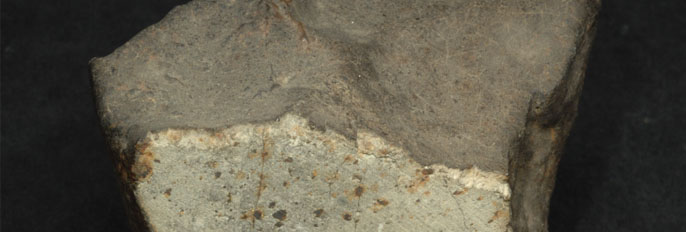Meteorites

Although not particularly rich, the meteorite collection is interesting for the presence of unique specimens that have made the history of the study of extra-terrestrial bodies. In the Florentine collections, fragments of two famous ‘falls’ have been preserved since the eighteenth century: the Pallas meteorite, described in the museum catalogues of 1776, and the Siena meteorite fallen in 1794. The oldest specimens in the museum were long considered simple curiosity: they served a sentence of non-naturalness or were in any case considered unworthy of belonging to a naturalistic collection.
It is precisely following the study on the Pallas meteorite, collected by the traveller of the same name on a journey through the Russian Empire, that the theory on the extra-terrestrial origin of these bodies was elaborated.
In the past 30 years the Museum has renewed its interest in this type of material. Important acquisitions also from an exhibition point of view are the Chupaderos meteorite discovered in Mexico in 1852, mainly composed of iron-nickel alloys; a Gibeon specimen discovered in South Africa in 1836; a fragment of the Sikhote-Alin which fell in 1947 in eastern Russia.
Read more about the meteorites collection (English text at the bottom of the pages)
Pratesi, G., Per aspera ad astra: la collezione di meteoriti, in: Pratesi, G. (ed.), 2012, The Museum of Natural History of the University of Florence: The Mineralogical and Lithological Collections, Firenze University Press (pp. 126-141)
Last update
11.10.2021
